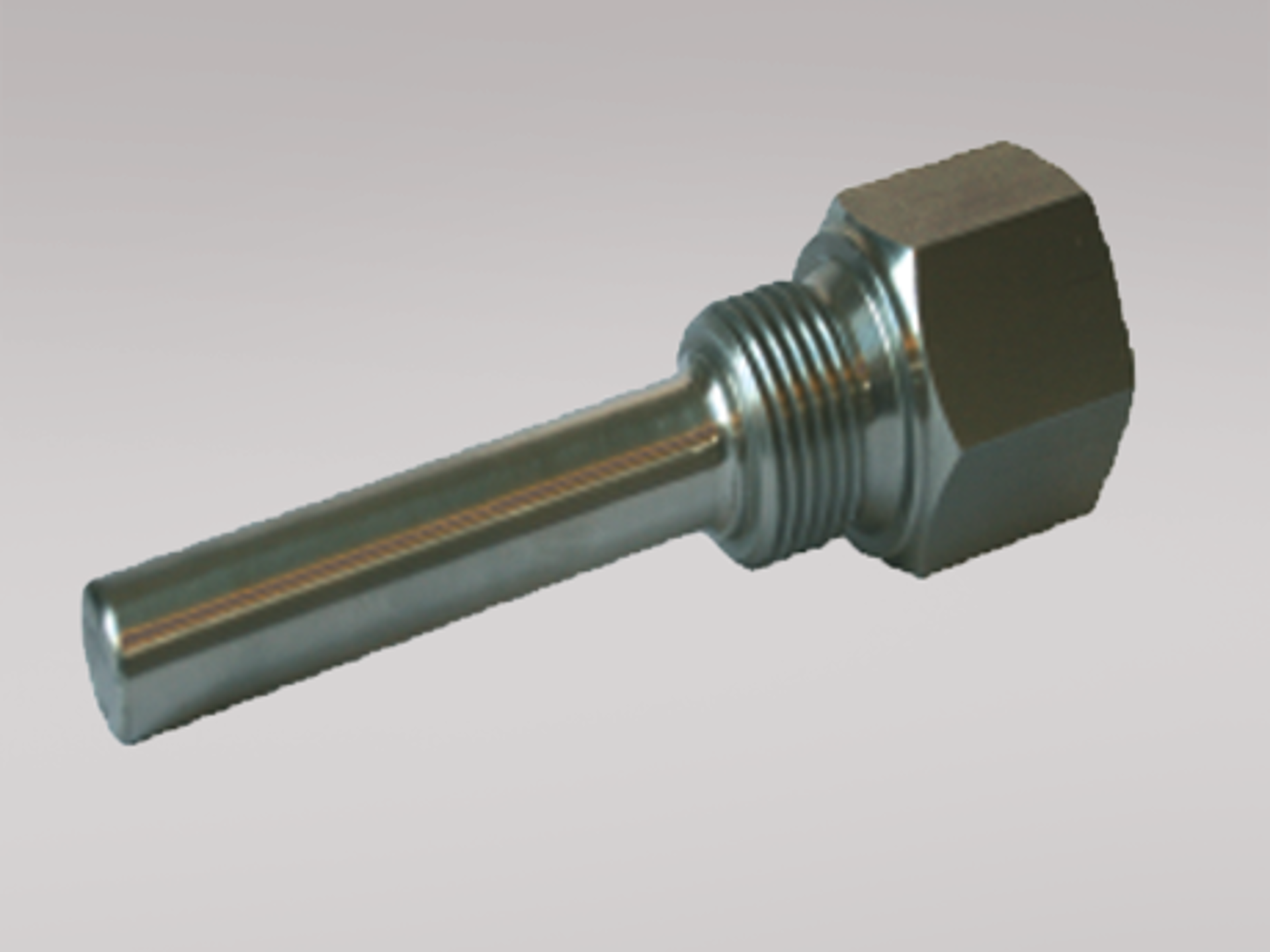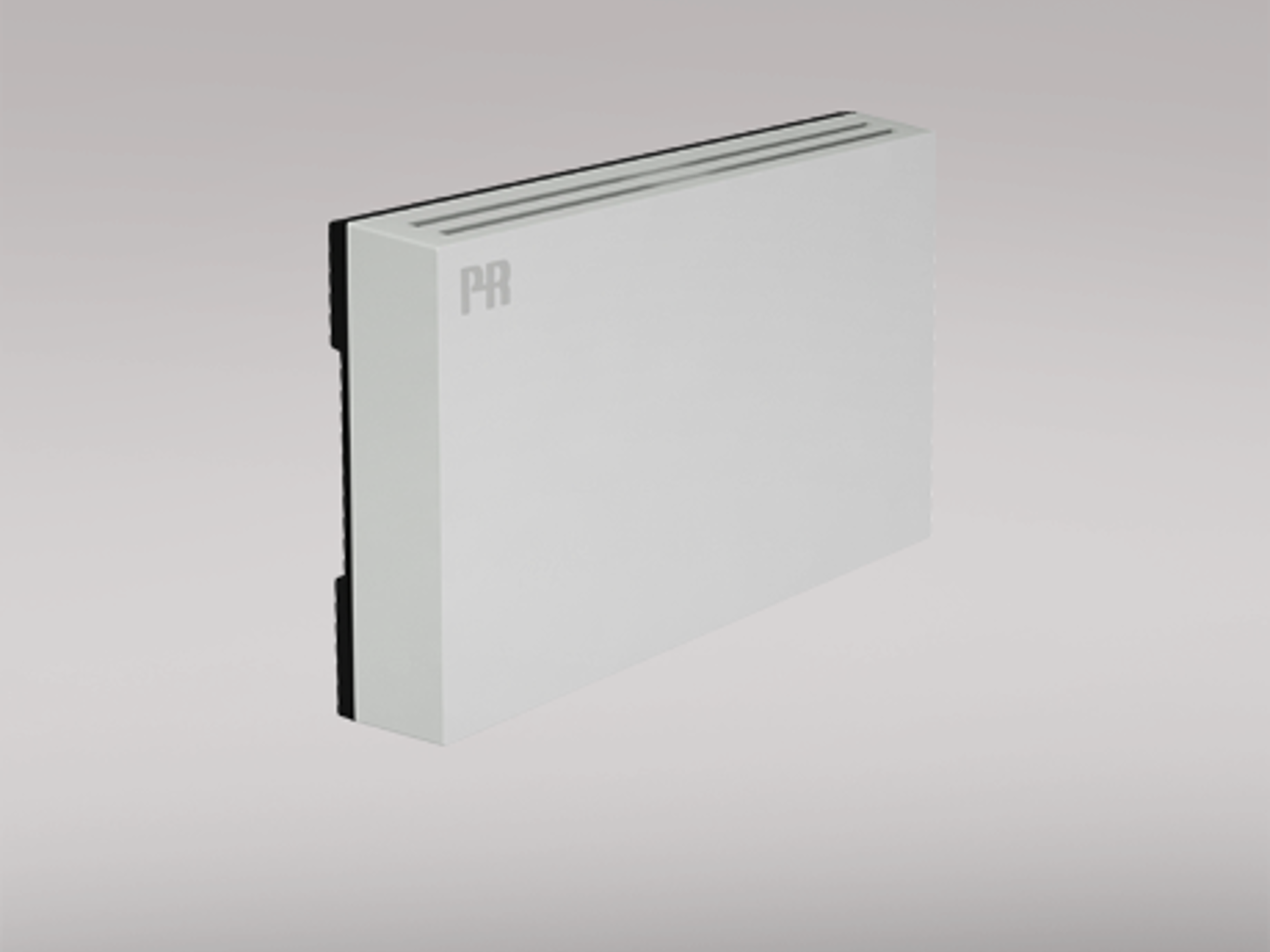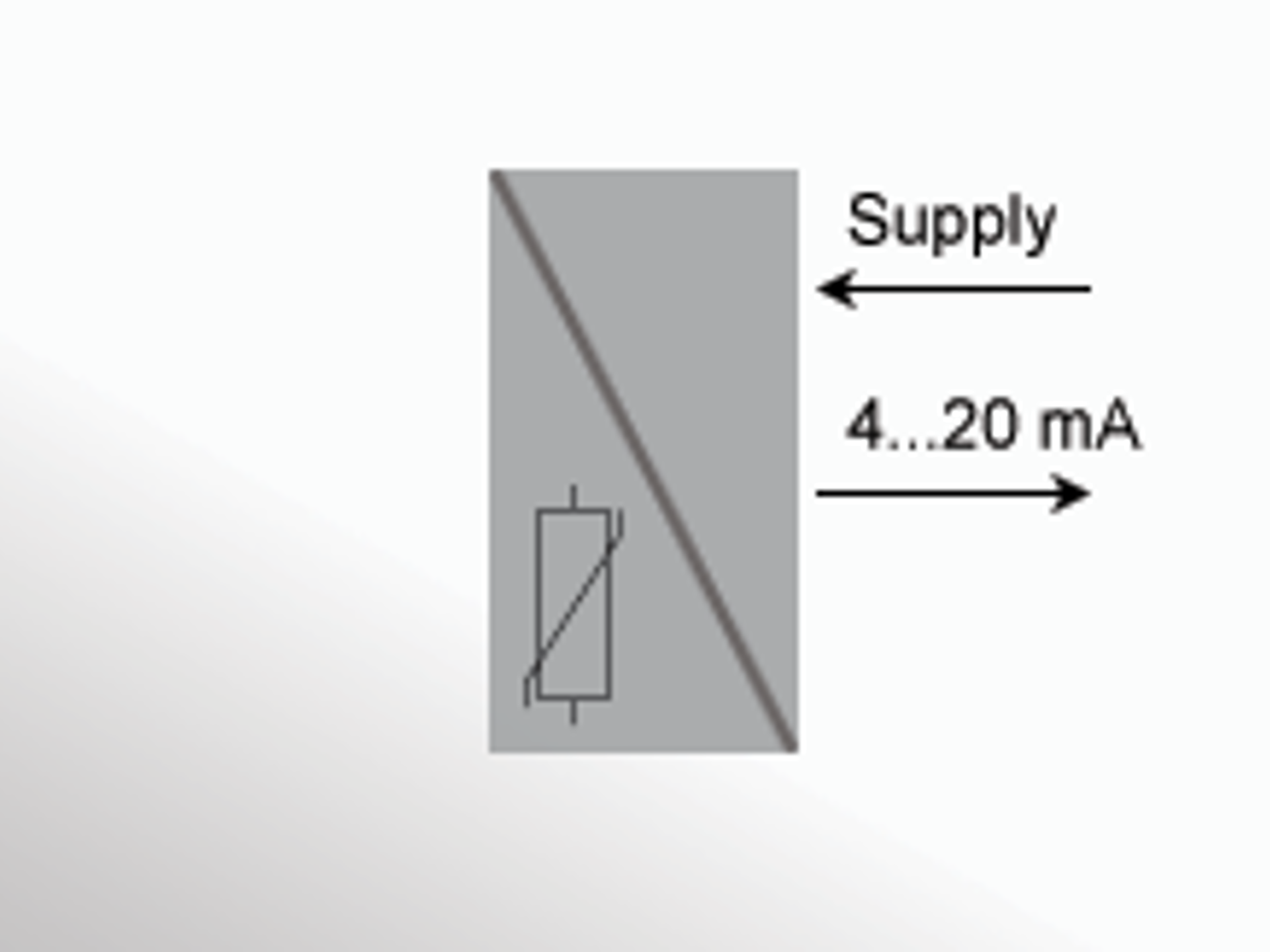Temperature transmitters
What is a temperature transmitter?
A temperature transmitter converts the small signal from a temperature sensor - typically a thermocouple or RTD - into a more robust 4...20 mA or digital signal for interfacing into other control equipment. To ensure accuracy, a temperature transmitter converts the signal from a temperature sensor—typically an RTD or thermocouple—into a more robust and standardized output. This output may be analog (such as 4–20 mA) or digital, using protocols like HART, PROFIBUS PA, or FOUNDATION Fieldbus. The signal conditioning process includes isolation, amplification, linearization, and noise filtering to ensure reliable data transmission.
If you require assistance in selecting the device that is just right for your application, please do not hesitate to contact us.
- Complete with sensor and transmitter
- Measurement range 0...70°C
- Supply 8...35 VDC
Temperature transmitters: Precision for industrial applications
PR Electronics offers a broad range of temperature transmitters, each designed to provide precise, reliable temperature measurement across a variety of industrial applications. Our transmitters, such as field-mounted temperature transmitters and DIN rail temperature transmitters, ensure seamless integration into your existing control systems, enhancing both operational efficiency and safety. These devices are perfect for monitoring temperature in environments ranging from chemical processing plants to hazardous zones, where safety and accuracy are essential.
Versatility in temperature measurement
Whether you're using an RTD sensor or a thermocouple sensor, PR Electronics' 2-wire temperature transmitter and head-mounted temperature transmitters offer the flexibility and precision needed in industrial applications. For environments requiring specialized monitoring, our programmable transmitters provide the adaptability needed for precise temperature control. You can easily monitor, configure, and diagnose temperature measurements remotely, ensuring you stay connected to your process.
Intrinsically safe temperature monitoring
Our explosion protection certified temperature transmitter options ensure compliance with intrinsic safety standards, providing reliable temperature readings in hazardous areas. Devices like the PR 5437D HART programmable transmitter offer bidirectional communication, enabling seamless integration with existing systems and enhancing operational control. These transmitters, equipped with galvanic isolation, help protect systems from electrical disturbances while ensuring accurate temperature measurements.
RTD vs TC: Choosing the right sensor
When choosing between RTD vs TC, it's important to understand their unique advantages. RTD sensors are ideal for precise temperature measurement in stable environments, offering excellent long-term accuracy. They are commonly used in food production, HVAC systems, and pharmaceutical manufacturing. Thermocouple sensors, with their ability to measure extreme temperatures, are better suited for high-temperature applications, such as in oil and gas or metal processing. Both sensor types are fully supported by our temperature transmitters, ensuring optimal performance for any application.
Communication solutions for optimized process control
To complement our temperature transmitters, PR electronics offers solutions like the HART transparent repeater and HART programmable transmitters, which allow you to manage and configure your devices remotely. These devices ensure reliable, real-time data transmission and diagnostics, especially in environments with electrical interference. With the ability to isolate and amplify temperature signals, these devices help maintain signal integrity, improving overall system reliability and operational performance.
Explore the full range of PR electronics' temperature transmitters and communication interfaces to find the perfect solution for your temperature monitoring and process control needs. From field-mounted to head-mounted transmitters, we offer products that provide precision, flexibility, and safety across all industrial sectors.





